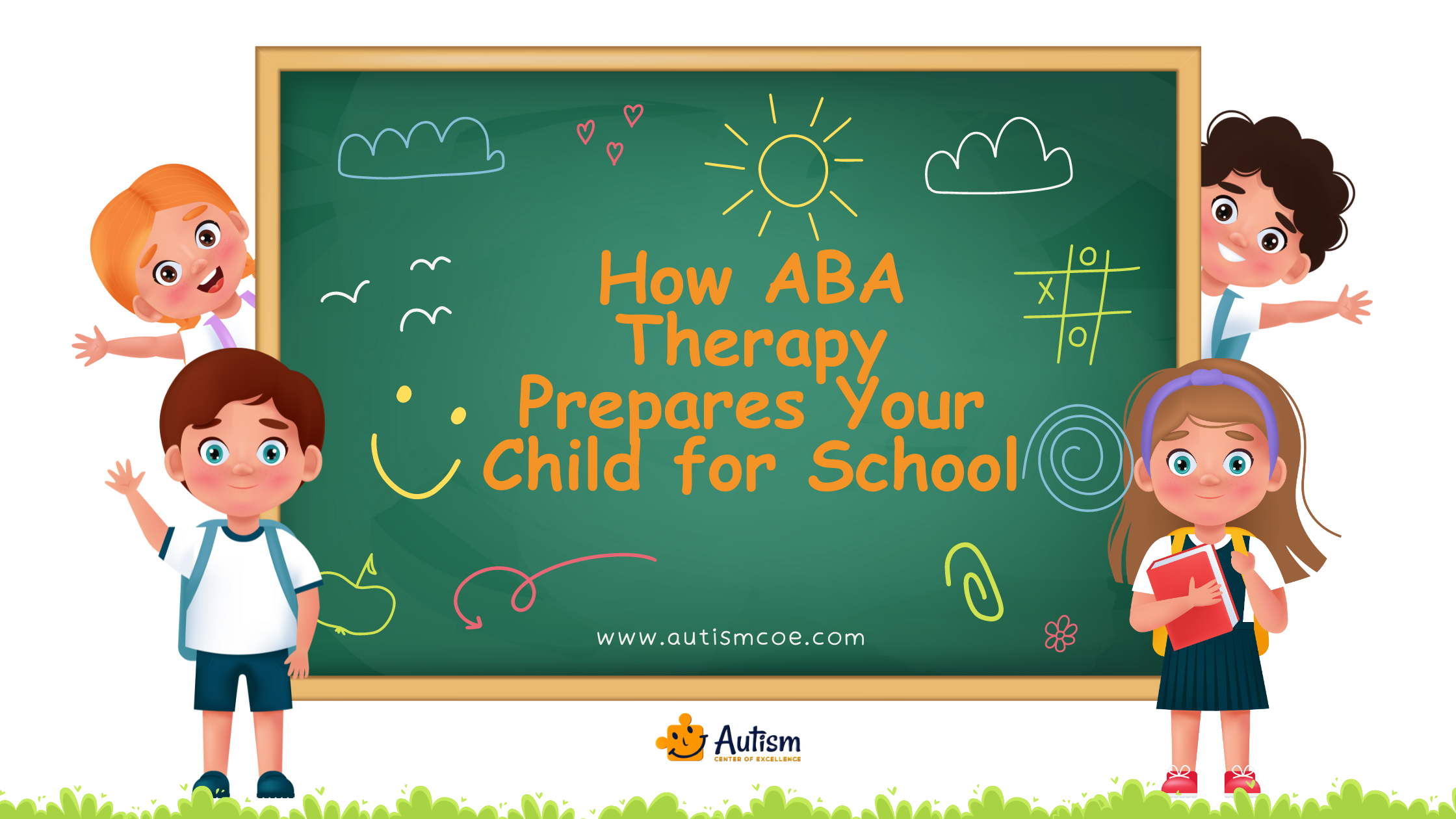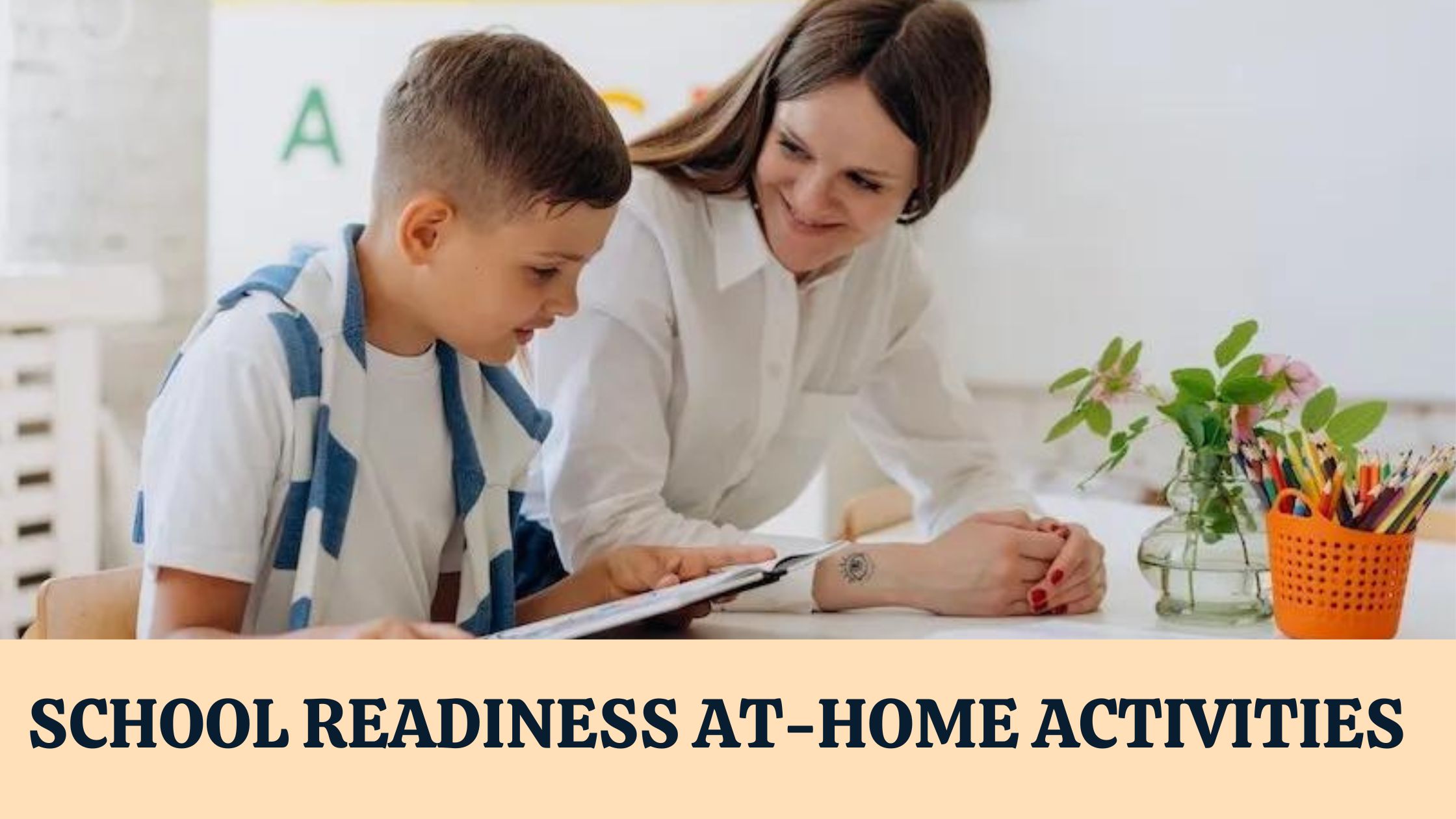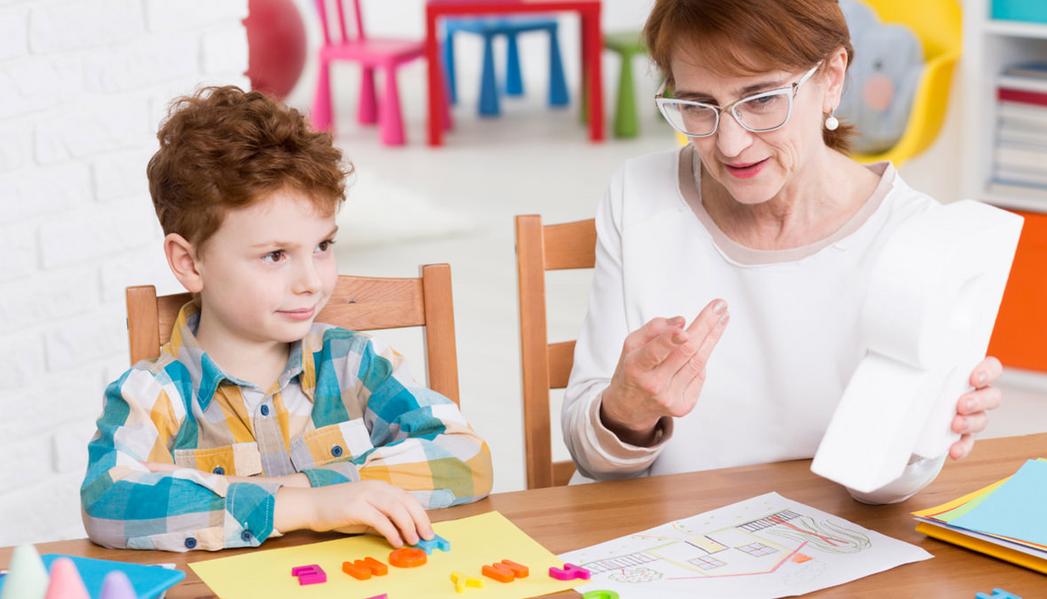Improve School Readiness: How ABA Therapy Prepares Your Child for School

Preparing a child with autism for school can be a challenging journey, but it’s also one filled with opportunities for growth and development. Applied Behavior Analysis (ABA) therapy has proven to be an effective intervention for children with autism spectrum disorder (ASD), particularly when it comes to enhancing school readiness skills. In this comprehensive guide, we will explore how ABA Therapy can help children with autism prepare for school, highlighting the expertise of AutismCOE. We will also analyze and compare the offerings of competitors in the field.
The Role of ABA Therapy in School Readiness
ABA Therapy (Applied Behavior Analysis) plays a vital role in enhancing school readiness. By addressing behavior, communication, and social skills, it facilitates a smoother transition into structured learning. Tailored to individual needs, ABA ensures progress monitoring, fostering cognitive, emotional, and academic preparedness for school success. ABA therapy can be instrumental in addressing these areas, making it an integral part of School Readiness for many children.
The strategies used in ABA Therapy are designed to foster intellectual engagement and promote positive behaviors, which are important for a child’s school performance. The active approach to therapy helps children understand and navigate the complexities of social interaction, allowing them to form meaningful relationships with their peers and teachers. It also helps develop self-help skills, such as organization and time management, which are important for academic performance.
What is AutismCOE’s ABA School Readiness Program?
A School Readiness program is like school practice for little kids before they start real school. It helps kids learn basic stuff like numbers and colors, how to get along with other kids, and how to talk and listen better. Parents might join too. The program is fun and uses games to teach. It’s a way to Get Kids Ready for School so they feel comfortable and do well when they start real school.
ABA School Readiness Programs: The Basics
ABA school readiness programs are specialized programs designed to prepare children with autism for success in a school environment. These programs are tailored to the unique needs and challenges of each child, helping them develop the skills necessary for effective participation in a classroom setting. Let’s explore the key components of ABA school readiness programs:
⭐ Assessment and Individualized Planning: The first step in any ABA School Readiness Program is a thorough assessment of the child’s strengths and weaknesses. This assessment helps identify areas that require attention and creates a foundation for individualized planning. A team of professionals, including behavior analysts, speech therapists, and Occupational Therapists, collaborate to create a personalized plan for each child.
⭐ Skill Building: ABA programs focus on building essential skills, including communication, social interaction, and adaptive behavior. Children learn through structured and repetitive activities that are designed to reinforce positive behaviors and reduce challenging ones.
⭐ Behavioral Interventions: Behavioral Interventions are a core component of ABA. These interventions target specific behaviors, such as tantrums or meltdowns, and work to replace them with more appropriate alternatives. Positive reinforcement is a key element, rewarding desired behaviors to encourage their repetition.
⭐ Communication and Social Skills: For many children with autism, communication and social skills can be particularly challenging. ABA school readiness programs place a strong emphasis on developing these skills. This includes teaching children how to engage in conversations, understand non-verbal cues, and interact with peers.
⭐ Sensory Integration: Sensory Sensitivities are common in children with autism. ABA programs often incorporate sensory integration techniques to help children better regulate their sensory experiences. This can include activities that expose children to different textures, sounds, and sensory stimuli in a controlled and supportive manner.
⭐ Parent Involvement: ABA school readiness programs recognize the importance of involving parents in the process. Parents are provided with training and support to reinforce the skills learned in the program at home, creating a consistent and supportive environment

Preparing for School at Home: Engaging Activities
There are numerous activities you can do at home to assist your child in getting ready for upcoming educational environments like preschool or kindergarten. For children with autism, adjusting to new surroundings and transitions can be challenging. Consequently, preparing them ahead of time for this upcoming shift can greatly increase their chances of smoothly transitioning to traditional educational settings. Below are some home-based school preparation activities you may want to explore:
Establish a Daily Routine:
- Start each day at a consistent time, mimicking a school day.
- Maintain a structured morning routine, including dressing up, brushing teeth, having breakfast, and more.
- Plan Engaging Activities for your child, such as sensory playtime, puzzles, and reading.
- Allow for free playtime and encourage your child to tidy up their toys independently.
- Create a bedtime routine starting at the same time each day, involving tasks like tidying up, taking a bath, brushing teeth, changing into pajamas, and reading a bedtime story.
- Develop a visual schedule that your child can use as a reference for daily activities.
Familiarize Them with School-Related Items:
- Introduce them to school-related items like backpacks, school supplies, and lunchboxes.
Teach School Readiness Skills at Home:
- Instruct your child on essential school-ready skills such as following one-step instructions.
- Encourage your child to engage in activities while sitting at the table, like puzzles, reading, art, or sensory play.
- Help them transition between activities smoothly by using visual timers.
Promote Social Interaction:
- Expose your child to various social settings involving new peers, such as trips to the park.
- If your child interacts positively with peers in these new settings, consider arranging playdates to enhance social interactions and friendship development.
Join Our Weekly Newsletters!
Subscribe now to stay updated with our latest email updates.
Specific Strategies Used in ABA School Readiness Programs
✍️ Functional Communication Training (FCT): Many children with autism have challenges with communication, leading to frustration and behavioral issues. AutismCOE’s ABA programs often incorporate FCT, a technique that teaches children alternative and more effective ways to communicate their needs and wants. This reduces frustration and enhances their ability to interact with peers and teachers.
✍️ Visual Supports: Visual supports, such as visual schedules and social stories, are widely used in ABA school readiness programs. These tools help children with autism understand what to expect during their school day, making transitions and routines smoother.
✍️ Social Skills Training: Social skills are crucial for success in school and life. AutismCOE places a strong emphasis on teaching children with autism essential social skills like sharing, taking turns, making eye contact, and understanding personal space.
✍️ Structured Environment: Children with autism often thrive in structured and predictable environments. we ensures that their ABA school readiness programs provide a structured setting that helps children feel more comfortable and secure.
✍️ Positive Reinforcement: ABA is known for its use of positive reinforcement to encourage desired behaviors. AutismCOE implements Reinforcement Strategies tailored to each child’s preferences, motivating them to engage in positive behaviors.
✍️ Peer Interaction: AutismCOE recognizes the importance of peer interaction in preparing children for school. Programs often include opportunities for children with autism to interact with neurotypical peers, promoting socialization and acceptance.
✍️ Data Collection and Analysis: ABA relies on data collection and analysis to measure progress accurately. AutismCOE utilizes data to track each child’s development and adjust interventions as needed to ensure optimal outcomes.
Long-Term Benefits of ABA School Readiness Programs
The positive effects of ABA school readiness programs extend beyond the immediate preparation for school. They set the stage for long-term success in various aspects of a child’s life. Here are some of the enduring benefits:
Academic Achievement
A solid foundation established through ABA programs can lead to greater academic success. Children who have developed effective communication and social skills are better equipped to engage in learning, follow instructions, and interact positively with teachers and peers.

Enhanced Social Relationships
The social skills acquired during ABA school readiness programs pave the way for more meaningful and lasting friendships. Children with autism who are confident in their social interactions are more likely to build strong connections with others throughout their lives.

Independence
ABA programs empower children with autism to become more independent, fostering self-sufficiency in various daily tasks. This newfound independence can lead to increased confidence and a sense of accomplishment.
Improved Quality of Life
As children with autism acquire essential life skills and better socialize with their peers, their overall quality of life often improves. They experience reduced stress, anxiety, and frustration, leading to a happier and more fulfilling existence.
Communication Skills
Effective communication is a vital life skill. ABA programs not only improve verbal and non-verbal communication but also teach children how to express their thoughts, needs, and emotions effectively.

Career Success
The skills learned in ABA school readiness programs can have a significant impact on a child’s future career prospects. Effective communication, problem-solving abilities, and social skills are highly valued in the workplace.

Conclusion
In the journey of preparing children with autism for school, ABA school readiness programs are an invaluable resource. These programs provide tailored interventions that empower children to thrive in a school environment, develop critical skills, and lead more fulfilling lives.
AutismCOE, with its experienced team, Individualized Approach, and commitment to data-driven decision-making, stands as a beacon of hope for families seeking effective ABA school readiness programs. By harnessing the power of ABA, AutismCOE is helping children with autism unlock their potential and prepare for a future filled with possibilities.
Please Note: The content of this blog is for informational purposes only and should not be considered a substitute for professional medical advice, diagnosis, or treatment. Consult a qualified healthcare professional for personalized guidance tailored to your specific situation.

Bhavika Bhasin
Bhavika Bhasin is the Research and Marketing officer at AutismCOE. She works with children and adults with ASD. Her clinical research includes evaluating various available autism screening and diagnosis methods and their efficacy. She is currently developing a novel screening exam that is indicated to be more accurate than the existing available exams. She is also writes articles papers for various publications.

A Belief In Every Child’s Potential
Start your child’s individualized program for Autism Spectrum Disorder (ASD) to increase communication, social interaction, safety awareness, and independent living skills while reducing challenging behaviors.
